What do beets taste like? 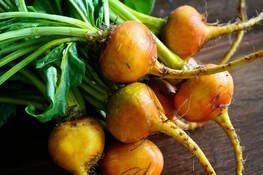 Some people think beets taste like dirt. Others find them sweet and delicious. My motto about vegetables that people say they do not like is, “It’s not the vegetable, it’s the preparation.” So, if you do not like the taste of beets, try cooking them a different way. How do you prepare beets?
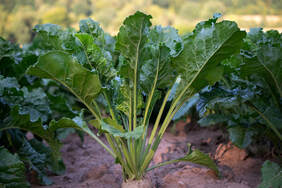 When the leaves are eaten raw, enjoy them as you would any other green vegetable, chopped into salads or used as a wrap instead of bread/tortilla. You can cook the greens as you would any other greens – steamed or stir-fried. The stems can be separated from the leaves and beets, finely chopped and added to raw or cooked dishes for added color and nutrients. You can find more details about cooking beets at this link: https://eatrealamerica.com/2016/05/june-superfood-month/ How nutritious are beets?Beets are low in calories and a good source of fiber. They are a good source of vitamin C and potassium. They are an excellent source of folate and manganese. The root of a beet is a rich source of a compound that lowers a substance that can be found in the blood which is highly toxic to blood vessels. This substance (Homocysteine) can cause the development of heart disease, among other diseases. The root also helps improve blood pressure, alertness, liver detoxification, and stamina. You can find a compelling discussion on some specific nutritional benefits of beets here: https://www.nutrition-and-you.com/beets.html and here: https://www.health.com/nutrition/beets-health-benefits When are beets in season? You should be able to find beets at the farmer’s market now until around October, particularly if you want to enjoy the fresh leaves. You can usually find them year-round in the produce aisle of your grocery store. As previously stated, the beet roots themselves keep fresh in the refrigerator for a few weeks after purchasing them. Try the recipe below for a fresh take on beets. ~ Nancy Miller, MS, RDN Roasted Beets with MintInstructions To Roast the Beets:
To Prepare the Beet Dish:
0 Comments
Leave a Reply. |
SD BlogA place for our consultant Registered Dietitian Nutritionists (RDNs) to share nutrition science, yummy and healthy recipes, tips on seasonal ingredients, and other nutritional musings. Enjoy! Categories
All
Archives
May 2024
|

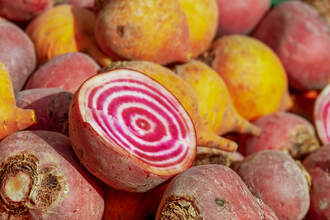
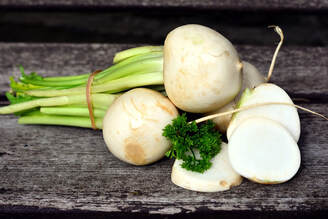
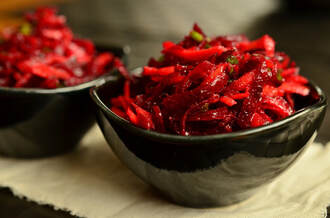
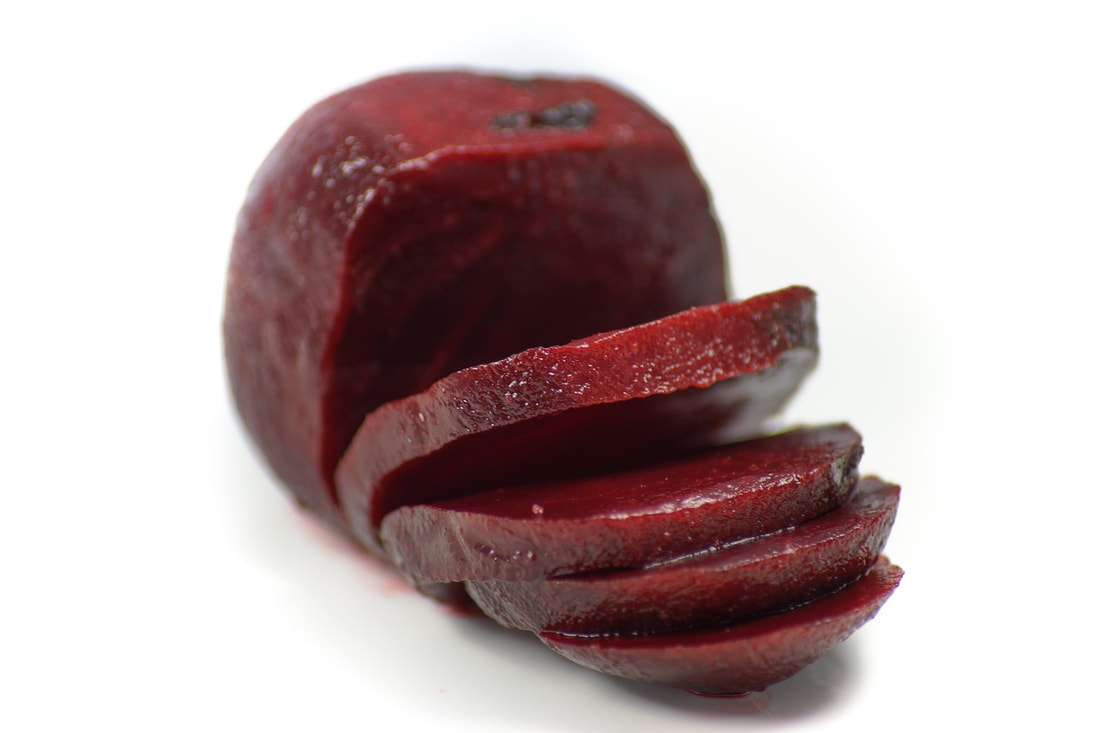
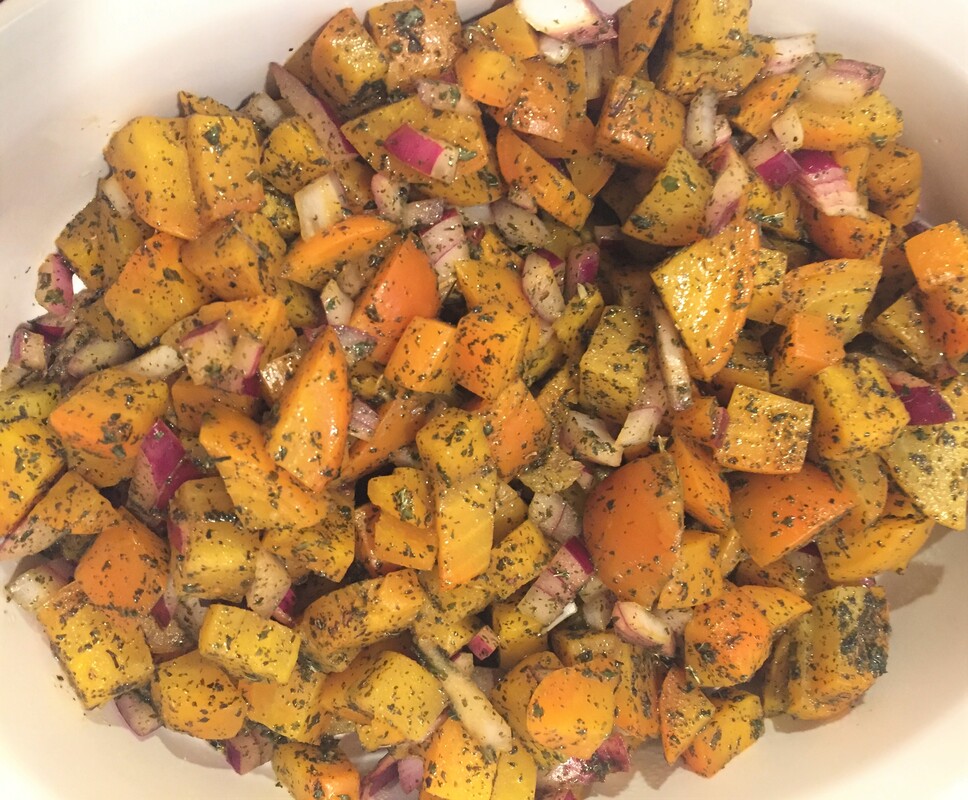

 RSS Feed
RSS Feed